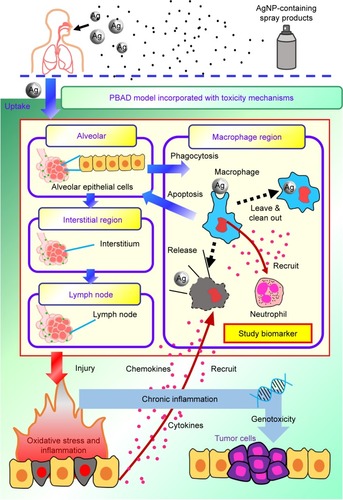Figures & data
Figure 1 Schematic showing the overall study framework.
Notes: (A) Problem formulation of human health risk or lung burdens posed by exposures of airborne AgNPs emitted from spray products, (B) exposure analysis of mass concentrations and particle size distributions of aerosolized AgNPs, (C) effect analysis of relationship between BALF neutrophil number and AgNPs dose in human lung, (D) threshold estimation of AgNPs lung burdens, and (E) risk characterization of airborne AgNPs toxicities in human lung.
Abbreviation: BALF, bronchoaveolar lavage fluid.
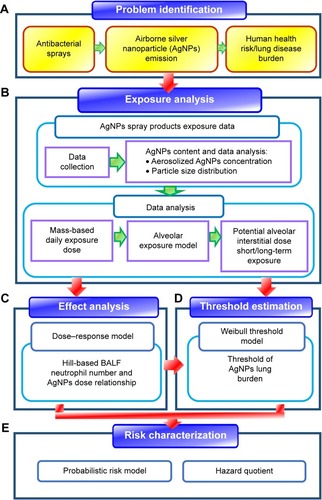
Table 1 Equations for compartmentalized PBAD model along with used values of rate parameters
Figure 2 Schematic showing the compartmentalized PBAD model.
Abbreviations: PBAD, physiologically based alveolar deposition; A, alveolar region; M, alveolar macrophage region; I, interstitial region; L, lymph node region; X1, AgNPs in alveolar region; X2, AgNPs in alveolar macrophage; X3, AgNPs in interstitial region; X4, AgNPs in lymph node region; ki, transfer rate of AgNPs from alveolar region to interstitial region; kl, transferred rate of AgNPs from interstitial region to lymph node; kp, phagocytosis rate of macrophage; ka, apoptosis rate of macrophage; kc, physical clearance rate of AgNPs; AgNP, silver nanoparticle.
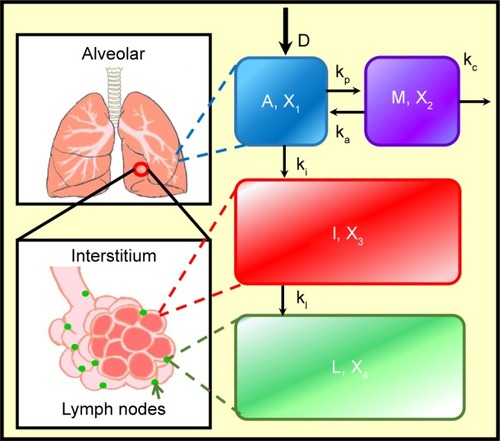
Figure 3 Estimated mass concentrations of aerosols based on size distributions of droplets in spray (A, B) DI, (C, D) DOS, and (E, F) DOL in non-intensive or intensive application.
Abbreviations: DI, disinfectant; DOS, deodorant of AgNPs in smaller scales; DOL, deodorant of AgNPs in larger scales; LN, lognormal; AUC, area under the curve; AgNP, silver nanoparticle.

Figure 4 (A, B) Total AgNP lung burden and (C, D) accumulation rates after long-term exposure of aerosolized AgNPs released by AgNP-containing spray products in non-intensive and intensive using condition.
Abbreviations: AgNP, silver nanoparticle; DOS, deodorant of AgNPs in smaller scales; DOL, deodorant of AgNPs in larger scales; DI, disinfectant.

Figure 5 Dose–response describing relationship between lung burdens of (A) 34 nm and (B) 60 nm AgNPs and increase of neutrophils in BALF-based on the Hill model.
Abbreviations: AgNP, silver nanoparticle; BALF, bronchoalveolar lavage fluid.
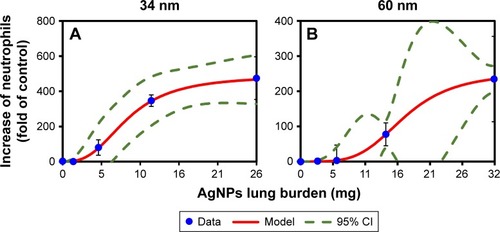
Figure 6 (A) Box and whisker plots of HQs in the criteria of γ1-based threshold for the elevation of neutrophils in BALF. (B) Probability distribution of HQ exposed to spray DOS in intensive application, and ERs for HQ of using (C, D) DOS and (E, F) DOL in non-intensive or intensive applications.
Abbreviations: HQ, hazard quotients; γ1, threshold dose preventing from causing 1% maximum effects on neutrophil elevations; DOS, deodorant of AgNPs in smaller scales; DOL, deodorant of AgNPs in larger scales; BALF, bronchoalveolar lavage fluid; ER, exceedance risk; AgNP, silver nanoparticle.
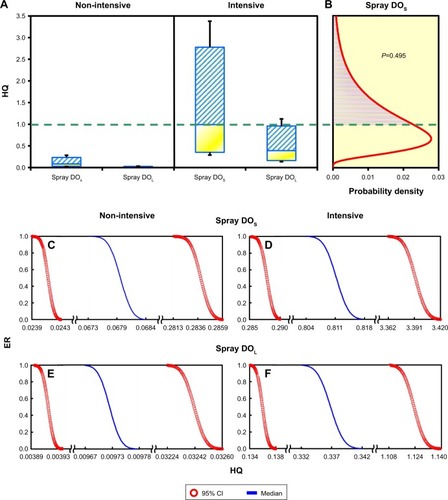
Figure 7 Sensitivity analysis for physiological parameters used in the PBAD model against total AgNP accumulation in human lung (μg) posed by aerosolized AgNP spray products.
Abbreviations: AgNP, silver nanoparticle; PBAD, physiologically based alveolar deposition; ki, transfer rate of AgNPs from alveolar region to interstitial region; kl, transfer rate of AgNPs from interstitial region to lymph node; kp, phagocytosis rate of macrophage; ka, apoptosis rate of macrophage; kc, physical clearance rate of nanoparticle.
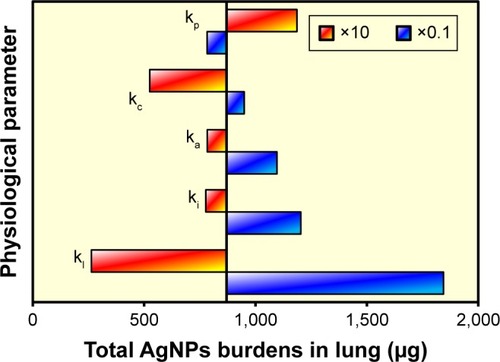
Figure 8 A conceptual model showing mechanisms of inflammation response exposed to aerosolized AgNPs via inhalation.
Abbreviations: AgNP, silver nanoparticle; PBAD, physiologically based alveolar deposition.
